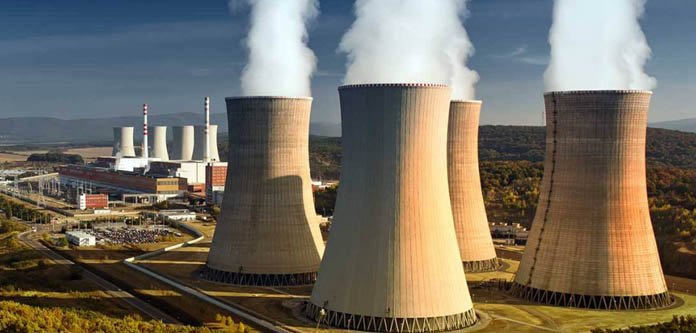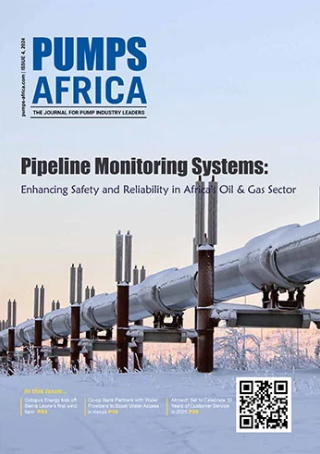Kenya is set to put up a US $5 billion nuclear power plant over the next seven years with funding from private investors – Kenya Nuclear Electricity Board (KNEB) has revealed.
KNEB has said that the plant with an initial capacity of 1,000-megawatt (Mw) would be constructed through a concessionaire over a period of in 7 years.
Kenya is looking to expand the plant’s capacity fourfold by 2035 under a build, operate and transfer (BOT) model. “The first nuclear power plant of 1,000MWe, is expected to be commissioned by the year 2027 and it is expected to grow to 4,000MWe by 2035,” Nuclear Power and Energy Agency (NuPEA) said, adding that it was evaluating technologies to identify the ideal reactor for Kenya.
The proposal will be subjected to public scrutiny before National Environment Management Authority (NEMA) approves it for development.
The nuclear power generation will be Kenya’s a long-term solution to high fuel costs — from diesel generators— and an effective way of cutting on carbon emissions from the power generating sector.
According to KNEB, the funding from private investors would ease the burden on Kenya’s strained public coffers.
READ: Kenya mulls floating solar plants in hydropower dams
The agency said the proposed site is the most suitable location since it is not prone to earthquakes. Other sites under consideration were in the Lake Victoria and Lake Turkana basins which are endowed with large water masses, crucial in cooling nuke reactors.
The project would involve the building of a ‘third-generation’ plant with pressurised water reactors. Nuclear reactors require reliable sources of water for steam condensation, service water, emergency core cooling system and other functions.
In Africa, South Africa is the only country with a nuclear power plant.
According to the Economic Survey, Kenya’s energy mix currently consists of 45% geothermal, 28% hydropower, 13% wind and diesel-run generators accounts for 11%.
The KNEB has running memoranda of understanding (MoU) with South Korea, China, Slovakia and Russia for capacity building for the nuclear plant. It will be Kenya’s most expensive project after the standard gauge railways.
The nuclear agency is however concerned that a compromise on implementation standards of the nuclear power plant would be hazardous, adding that mismanagement of funds may lead to massive public economic loss due to possible implementation delays and overruns as experienced in other mega projects in the country.
Other than the nuclear plant, Kenya has mulled at building solar and wind energy facilities in the coming three years to increase power generation from 2,712 megawatts.







